"I don't know what storms have driven me out onto this deep ocean of antiquities;
I see no harbor; the dice are cast, whatever destiny in turn may bring." [Ole Worm]
I see no harbor; the dice are cast, whatever destiny in turn may bring." [Ole Worm]
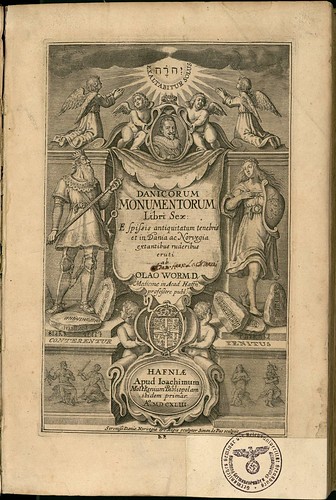

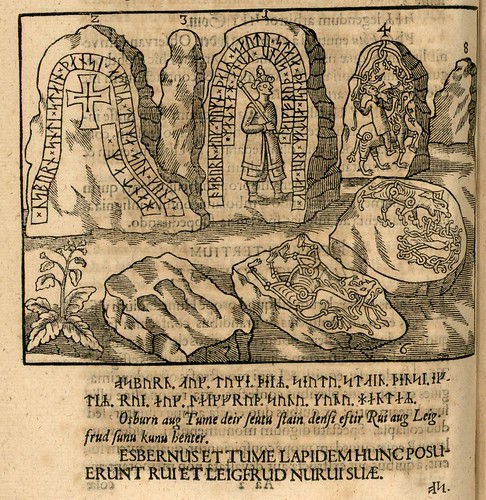

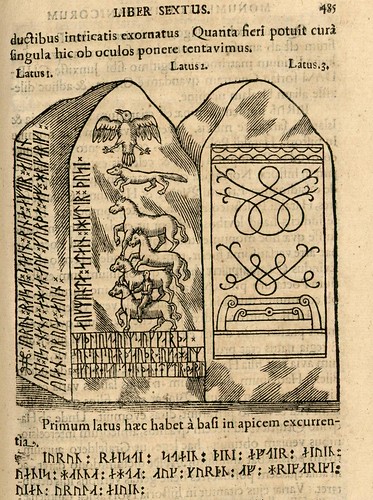

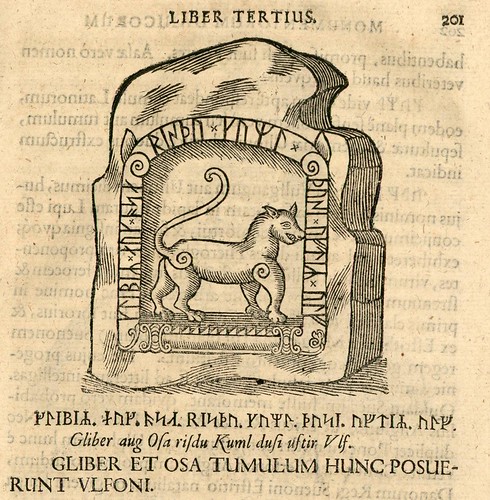
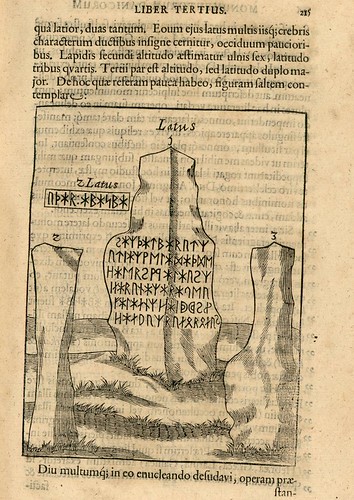

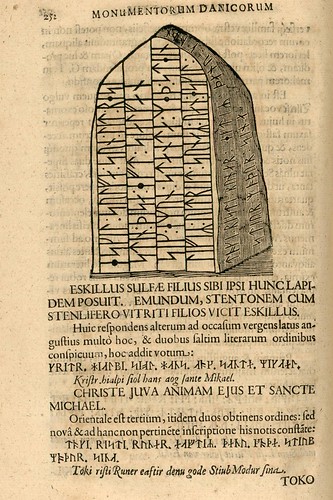
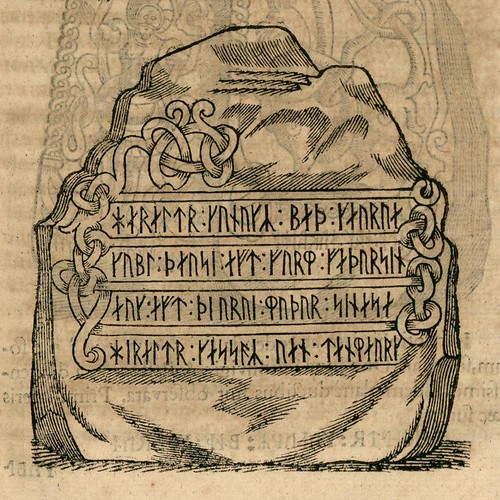
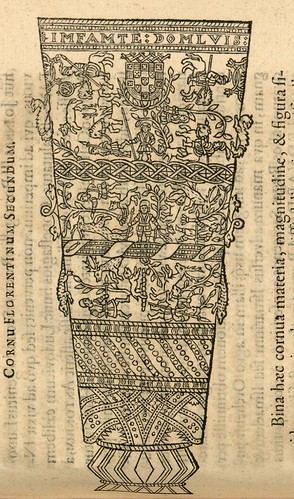
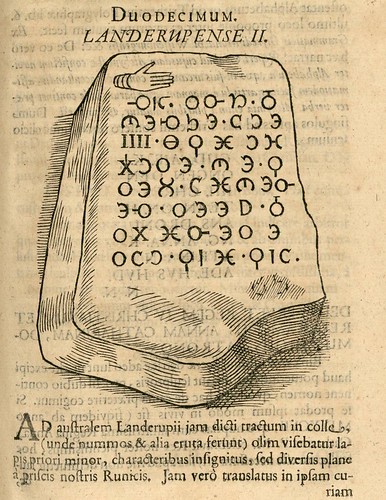
Ole Worm (Olaus Wormius) (1588-1655) was a Danish polymath who travelled widely in his youth, studying at a range of European universities. In Denmark, Germany, France, Switzerland and Italy Worm completed courses in Arts, medicine, surgery, botany, theology and geology.
Like many of the great intellectuals of the Early Modern era, Worm's primary occupation was physician. His studies in embryology led to the discovery of Wormian bones, small accessory plates found along the cranial sutures in the skull. He lived most of his life in Copenhagen, where he admirably remained treating victims during an outbreak of bubonic plague. His intellectual and noble traits no doubt figured in his appointment as court doctor to King Christian IV of Denmark.
Royal privilege allowed Worm to pursue interests beyond his regular vocation and he drew inspiration from the renowned cabinet of Ferrante Imperato (which Worm visited) and he modelled himself after the great sixteenth century Italian naturalist, Ulisse Aldrovandi. Worm's own large and elaborate cabinet of curiosities was famous throughout Europe, recorded for posterity in 'Museum Wormianum' - one of the most famous of the catalogues from the era of great collections - released posthumously in 1655.
Worm's fascination for antiquarian subjects developed during his extensive travels and he was particularly taken with early Scandinavian and runic literature and the history and meaning of runestones. These typically upright boulders, found throughout Scandinavia, were carved with runic inscriptions and set in place from about the fourth (I guess the tools in the sixth image from the top are viking in origin) to the twelfth centuries. In most cases, they are burial headstones, presumably for heroes and warriors.
Worm published works on the runic calendar, translations of runic texts and explications of folklore associated with the runestone histories. But by far his most extensive and important work - 'Danicorum Monumentorum' - was the first serious attempt to scientifically analyse and record all one hundred and forty four known (at the time) runestone sites in (the then) Denmark. With the King's blessing and support, Worm contacted bishops all over the country who were instructed to provide details and drawings of the barrows, stone circles and carved inscriptions in their regions.
It's ironic that some of the rock monuments recorded in his book have since disappeared, partly as a result of Worm agitating to have all the stones brought to Copenhagen, (perhaps as additions to his burgeoning kunstkammer) and the few relics that were actually delivered ended up being destroyed in a fire in the capital later on. So, in one sense the book contains valuable data about missing sites in Scandinavian archaeology, but, as Worm didn't visit all of the runestone sites himself anyway and, as his engraver (who hadn't visited any of the sites) worked from variable quality sketches, the accuracy of the book illustrations themselves are also suspect. 'Danicorum Monumentorum' certainly had lasting influence in the systematic methodology applied to archaeological surveys, however the quality of the linguistic interpretations render the book an interesting historical document without lasting academic importance.
- 'Danicorum Monumentorum Libri Sex' (1643) is available at the Universities of Strasbourg site
(after loading the book, click on the folder icon top left to get thumbnail views)[link UPDATED 2014] in a high resolution format. - Ole Worm biographies: Galileo Project/Kunstkammer/Wikipedia.
- Arild Hauge has an extensive series of webpages in english containing, among many other things, depictions and downloadable zip files of various runic alphabets, as well as low resolution pictures of many of the Scandinavian runestones (for example) and monumental sites, together with some commentary. The website is obviously a labour of love, although probably not to the level of authority.
- The Universities of Strasbourg have two other books by Ole Worm.
- [The University of Mainz has large page images of 'Danicorum Monumentorum' but I'd only bother going to this site if the Strasbourg site is ever down or removed.]
- Project Runeberg.
- In all honesty, I wasn't overly impressed with the quality of the websites about runestones that I skimmed in passing - it may be that I didn't look properly or I was not very receptive when I visited. There were a few interesting paragraphs in googlebooks that I won't link. I would want to read a decent book on this general subject methinks. However: runestones/runestones/runestones.
- Tangentially related: Norse Edda from Iceland.
- Very much a sideline, but interesting, read: 'Landscape Archaeology' by M Gojda (sample chapters) © Copyright 2004 Eolss Publishers.



















1 comment :
Museum Wormianum Seu Historia Rerum Rariorum can also be found on this site http://gdz.sub.uni-goettingen.de/no_cache/dms/load/toc/?IDDOC=278391 (Göttinger Digitalisierungszentrum)I hope the link will work.
And thanks for your credits some posts ago.
Post a Comment
Comments are all moderated so don't waste your time spamming: they will never show up.
If you include ANY links that aren't pertinent to the blog post or discussion they will be deleted and a rash will break out in your underwear.
Also: please play the ball and not the person.
Note: only a member of this blog may post a comment.